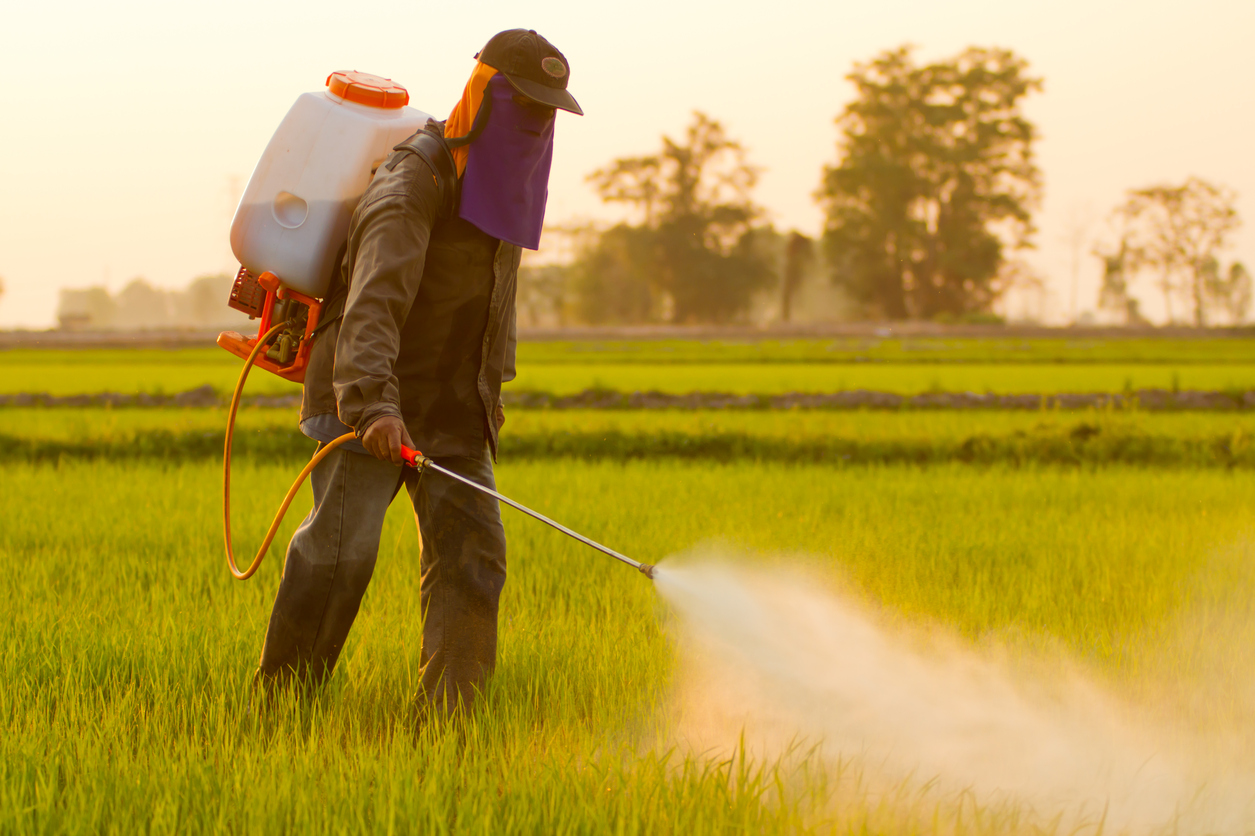Yesterday we discussed a case where a company faced nearly $4.9 million in fines for alleged violations of the U.S. Environmental Protection Agency’s (EPA) rules for protecting workers from exposure to restricted use pesticides (RUPs). Today we will review amendments to the regulations for RUP applications that could affect over 1 million RUP applicators nationwide.
 |
The EPA classifies the most acutely toxic pesticides or those needing to be applied with special care as RUPs, which means they may be bought and applied only by a certified applicator or by someone working under a certified applicator’s direct supervision. RUPs are not available for purchase or use by the general public.
Who’s Affected?
According to the EPA, there are approximately 1 million certified pesticide applicators in the United States using RUPs, and the revisions impact all of those applicators, including commercial pesticide applicators and private pesticide applicators like farmers and ranchers. Most state and other certification programs already have in place some or many of the elements of EPA’s revisions.
Major Changes
Some major changes to the RUP application certification rule apply to all applicators. Other major changes apply specifically to certified applicators and noncertified applicators who work under the direct supervision of a certified applicator.
Changes that apply to all applicators are:
- The minimum age for using RUPs is 18. There is an exception for minimum age of at least 16 years old for noncertified applicator on a farm under the supervision of a private applicator who is a member of the noncertified applicator’s immediate family.
- Candidates for certification (exam and training) and recertification by exam must present government-issued identification or a state-established equivalent.
- Dealers of RUPs must maintain records of sales for 2 years.
Changes for certified applicators are:
- Competency standards for private applicators are enhanced to cover content necessary for safe application of RUPs similar to commercial applicator core competency plus agricultural pest control.
- Certification categories are established for certain application methods (soil fumigation, non-soil fumigation, aerial application) for private and commercial applicators.
- There is a mandatory 5-year certification period for private and commercial applicators. In addition, recertification must ensure the applicator’s continued competency through continuing education or retesting.
- The special process to allow nonreaders to be certified as private applicators is eliminated.
Changes for noncertified applicators who work under the direct supervision of a certified applicator are:
- Annual pesticide safety training is required for noncertified applicators using RUPs similar to the training for handlers under the Worker Protection Standard. Training includes reducing take-home pesticide exposure to protect families.
- The supervising applicator must provide specific instructions related to application and ensure that the noncertified applicator has access to a copy of the labeling at the time of application.
- The supervising certified applicator to provide means for immediate communication with noncertified applicator.
The Timeline
If the RUP revisions survive the Trump administration regulation review, applicators could have up to 5 years or more before they must comply with the changes. Certifying authorities (i.e., states, tribes, territories, federal agencies) have up to 3 years to develop and submit to the EPA revised certification plans that comply with the updated rule requirements. Once a plan is submitted, the EPA will have 2 years to review and approve the plan.
Part of the plan approval will include an implementation timeframe agreed to by the EPA and the state, tribe, territory, or federal agency, so that they and applicators are not required to comply with all new requirements immediately upon EPA’s approval of a revised certification plan.
